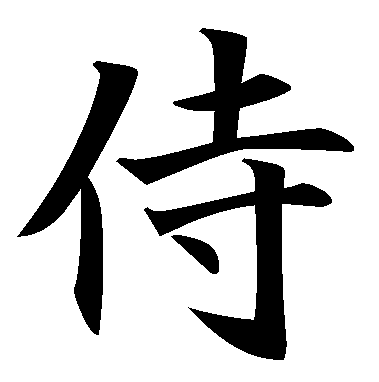 Today is the fist class meeting in japanese language course that I join, the course located at alamanda gejayan. I follow this program since august and then today is the first class in third level after the second level exam. Unfortunately the number participants is decreased, there are as darwin evolution theory. Each busy with their student activity and another study.
Today is the fist class meeting in japanese language course that I join, the course located at alamanda gejayan. I follow this program since august and then today is the first class in third level after the second level exam. Unfortunately the number participants is decreased, there are as darwin evolution theory. Each busy with their student activity and another study.
The せんせい was make a warning about the class, we must more seriously than the class before, the 3rd level will study about kanji and there are full used japanese letter for the introductory since the chapter two in manual book. Hard teaching applied to the student by the sensei, this is the way for optimize time to study, we are forced to memorize many words, characters and many japanese culture.
This is the material in first class meeting. I will review the substance for my own study.
Atarashii kotoba (あたらしい ことば)
I am just write the unique words, the completely words available on books 😀
eat
there are have three words to explain it
- くちにします [ Kuchini shimasu]
- しょくじします[shokuji shimasu]
- ごはんを たべます [gohan o tabemasu]
the familiar words used in japanese is the first and the second.
Hungry
there are two words to said about hungry
- おなか が ぺこーぺこ だ から [onaka ga peko-peko dakara]
- おなかは すきました [onaka ga sukimashita]
the first words used for person who have same level, and the second generally used for formal conversation.
Apology
yeah, japanese culture is like as javanese culture, there are many apologies in conversation. Same as javanese culture, there are available grade to explain the apologies.
- ちょっと まって ください [Chotto matte kudasai]
- すこし おまち ください [Sukoshi omachi kudasai]
- しょーしょう おまち ください [Sho -sho omachi kudasai]
The first regular used for same level conversation, and the next towards to formal and in deference to person who’s conversation with us.
Come in
this words to said if we entering to some places, building or another rooms.
– に はいります [~ ni hairimasu]
Get out
opposite of “come in” words above
〜を でます [~ O Demasu ]
The pattern of sentences
1.to explain the expectation, we used this pattern
KB + ga + hoshii + desu
ex:
Nihon go no jisho ga hoshii desu (interested to japanese dictionary)
asking
nani/doko/itsu/dare + ga + hoshi + desu ka ?
Ex:
doko ga hoshii desu ka?
→ watashi no uchi ga hoshi desu
2.to explain the not expectation, we used this pattern
KB + ga + hoshikunai + desu
ex:
nagai no tabemono ga hosikunai desu (not interested to bitter food)
tokyo koen ga hoshikunai desu (not intrested to come to tokyo park)
3.To explain the future activity
this pattern to said the future activity.
KB + [particle] + [masu → tai] + desu
ex:
ramen o tabetai desu (will eat the ramen)
raishu watashi wa nihon go no jisho o kaitai desu (next week, I will buy the japanese dictionary)
asking:
anata wa toga mas de nani o kaitai desu ka ? (what do you need to buy in toga mas store?)
nani mo kaitaikunai desu (none).
Allright, there are little note in my japanse course, I hope it can make me memorize the stuff.